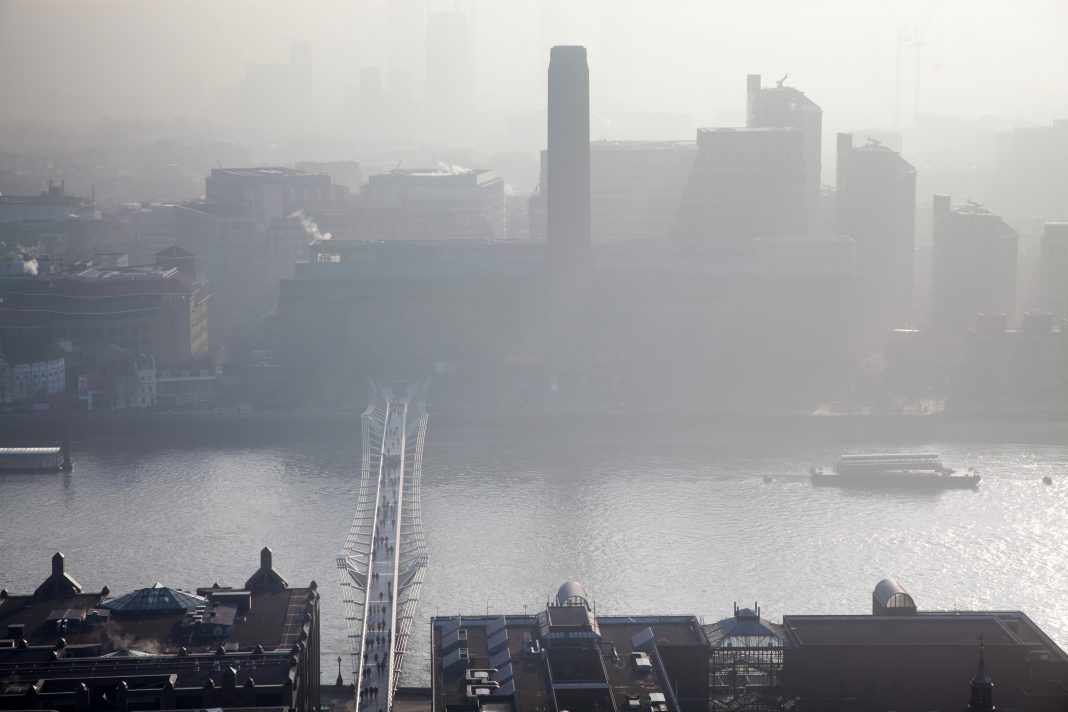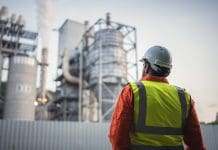The mother of a young girl who died from an asthma attack linked to air pollution is to demand action from the building engineering sector and politicians at an industry conference in November
The event will see the launch of a ‘Safe Havens’ campaign (#BuildingSafeHavens) designed to promote the concept of buildings being engineered to protect occupants from the hazards of air pollution by creating indoor clean air zones.
Rosa Kissi-Debrah’s nine-year-old daughter Ella died in 2013 following three years of seizures and repeated visits to hospitals. She lived close to one of London’s most polluted roads and her case is the subject of an ongoing High Court inquest that could revolutionise medical understanding of the links between air pollution and respiratory illness.
Kissi-Debrah, who founded the Ella Roberta Foundation in memory of her daughter, will be the headline speaker during a special Health & Wellbeing in Buildings seminar during the Building Engineering Services Association (BESA) annual conference in London on 21 November.
“While we will continue the fight for local and central government to take proper measures to reduce air pollution in our cities; we will also push building owners and operators to look at how they can make their buildings cleaner and safer for us and our children,” said Kissi-Debrah, who was recently appointed the first World Health Organisation (WHO) advocate for health & air quality.
“We have come to expect buildings to be able to keep us cooler on hot days and warmer on cold ones; so why should we not also expect them to be able to provide a clean air environment when pollution is rising outside?”
Crisis
Kissi-Debrah pointed out that people spend between 80 and 90% of their time indoors making indoor air quality (IAQ) one of the country’s most pressing health issues. The British Lung Foundation recently dubbed air pollution as Britain’s greatest “health crisis” on a par with the level of harm caused by smoking and costing the NHS billions of pounds every year.
Kissi-Debrah said: “Indoor air can often be as much as five times more polluted than outdoor air due to concentrations and the mixture of sources of contamination, but this is often forgotten in the wider air quality debate.
“Building owners and managers owe it to their occupiers to draw on all the technical resources and expertise of the building engineering sector to turn indoor spaces into safe havens where people can breathe clean, healthy air.”
Mayor Sadiq Khan has pledged to meet tough WHO guidelines for fine particulate matter (PM2.5) by 2030 so long as the government amends its draft Environment Bill to adopt this target.
Wood, chair of the BESA Health & Wellbeing in Buildings group, said: “It is great to see the work being undertaken to tackle outdoor pollution, but this will take many years to show lasting benefits.
“In the meantime, we want to galvanise industry and politicians to work together to promote the concept of buildings as safe havens from pollution so people can be protected right now. Good IAQ measures can be adopted in every existing building quickly and relatively cheaply – our conference session will demonstrate how.
“Rosa’s tragic human experience of the worst possible impacts of air pollution should serve as a major motivation for our industry. It should also remind anyone involved in designing and maintaining buildings that they have a huge responsibility for the safety and welfare of occupants.”
“The government has a once in a generation opportunity to enshrine IAQ in law by revising the draft Environment Bill to make sure this crucial aspect is included.”














